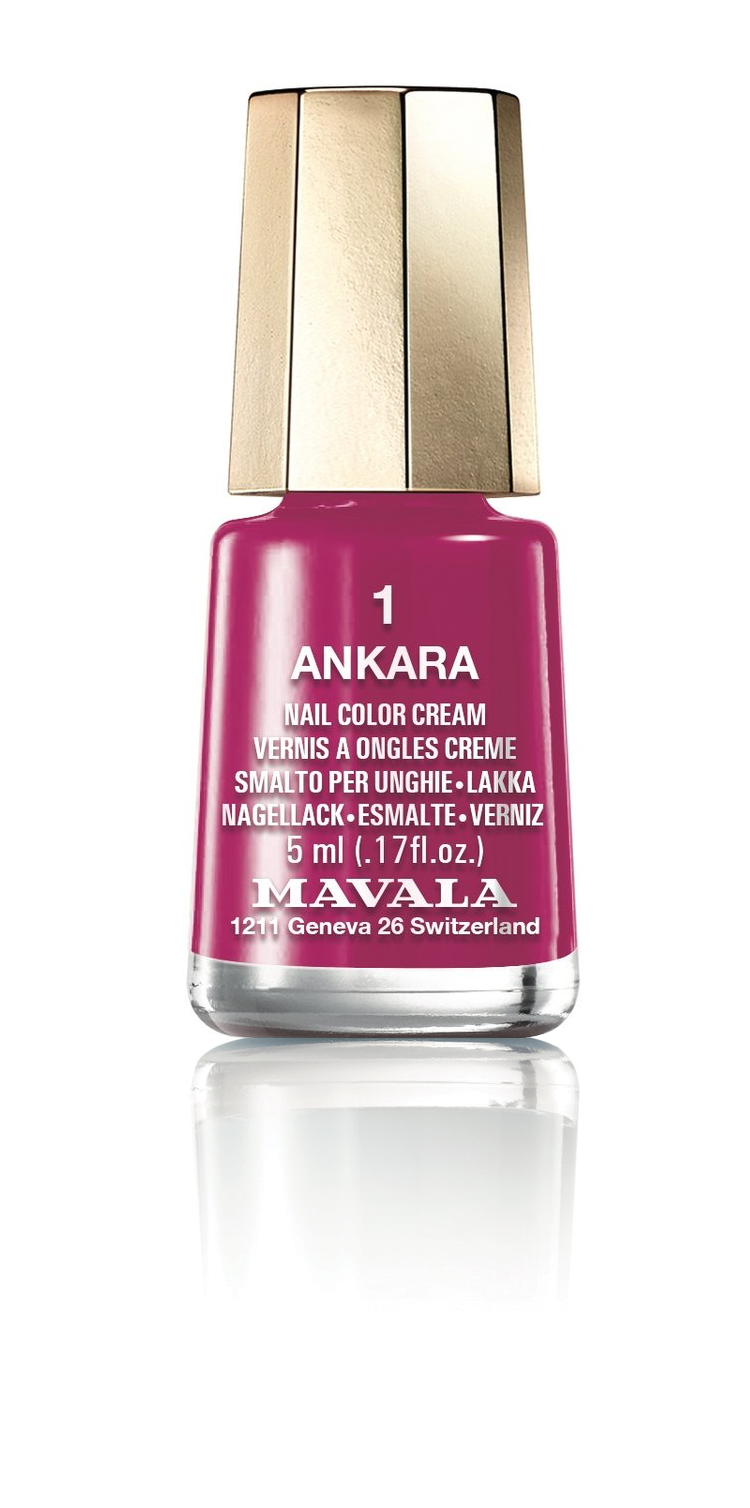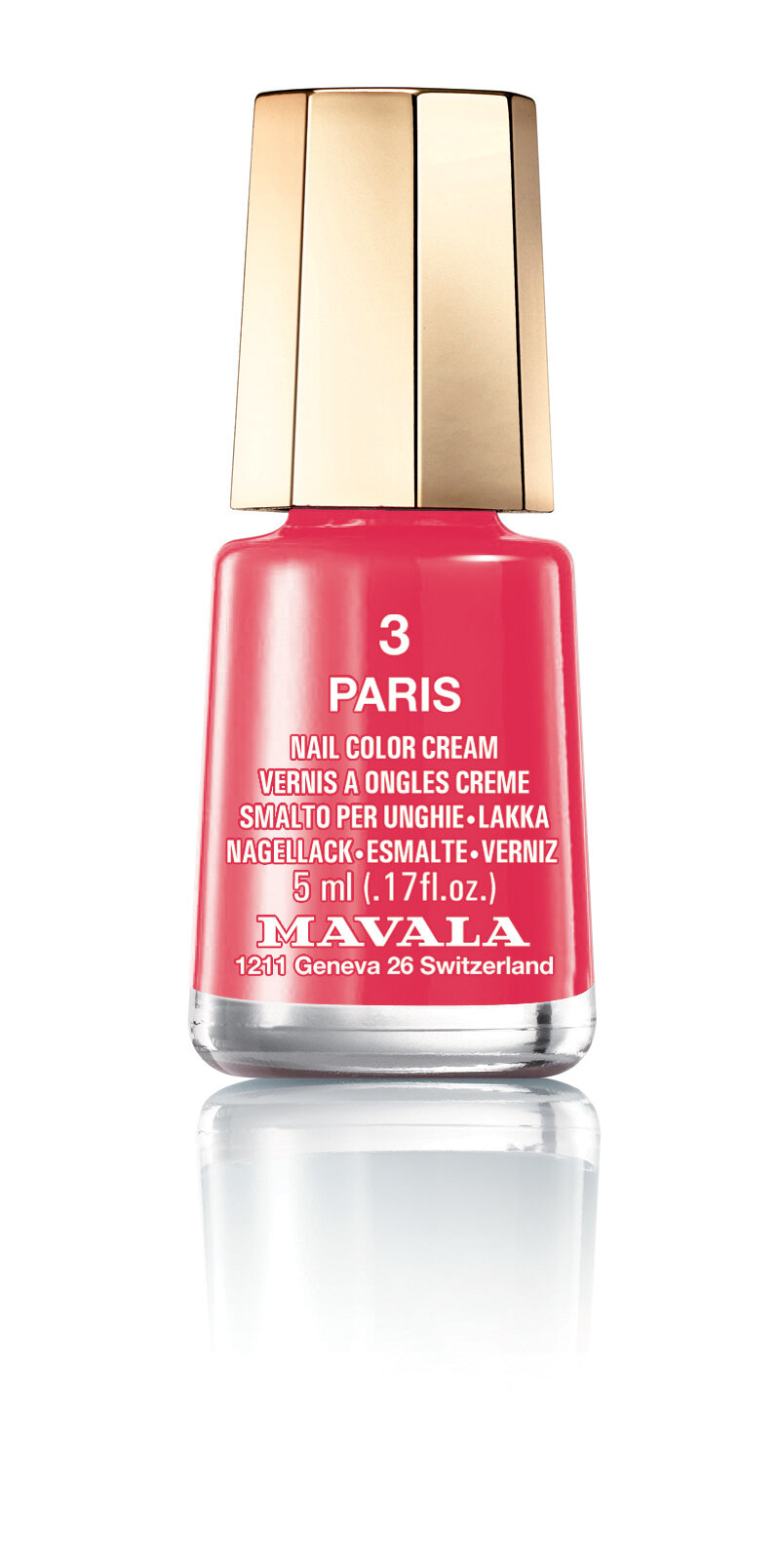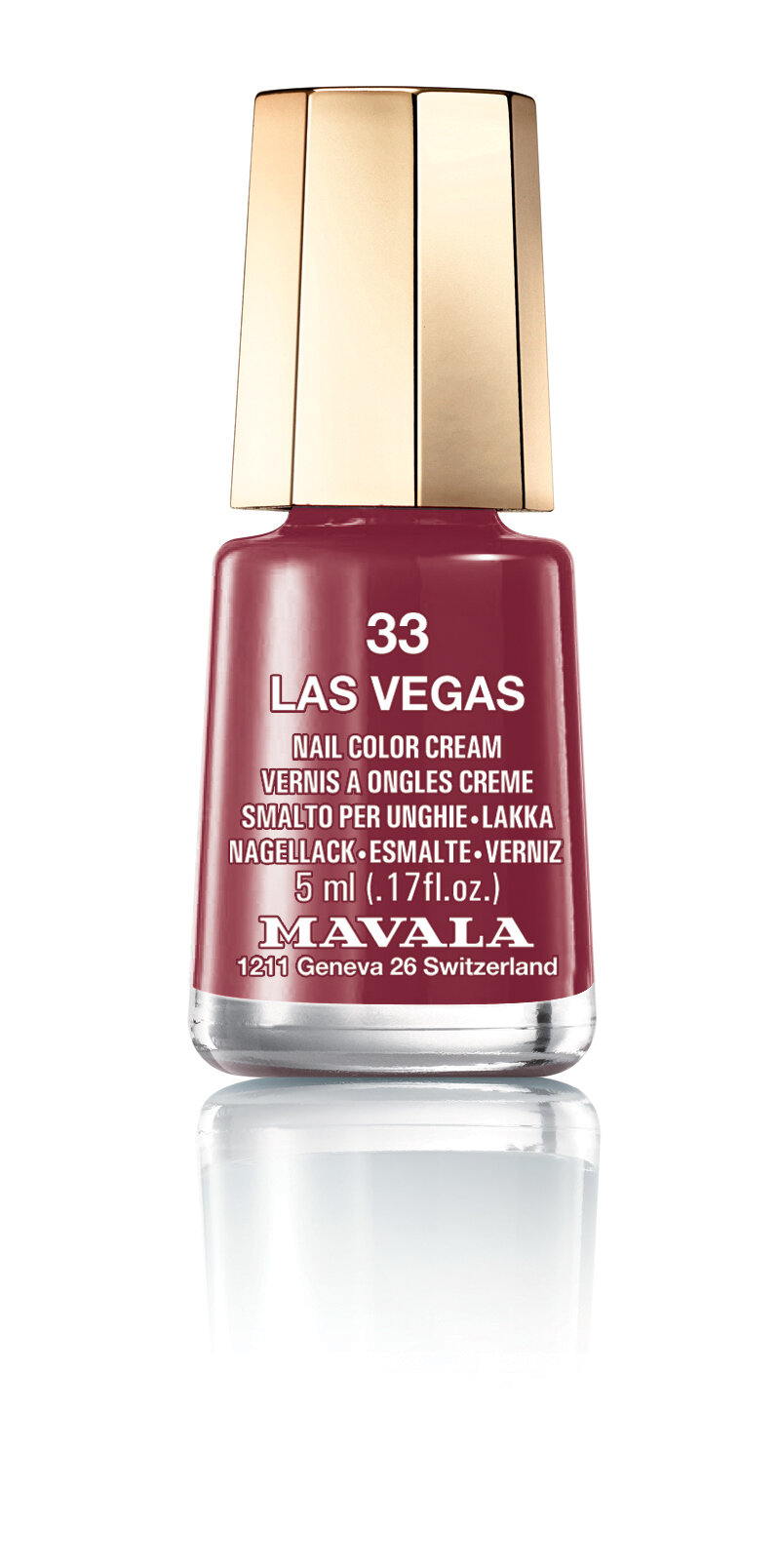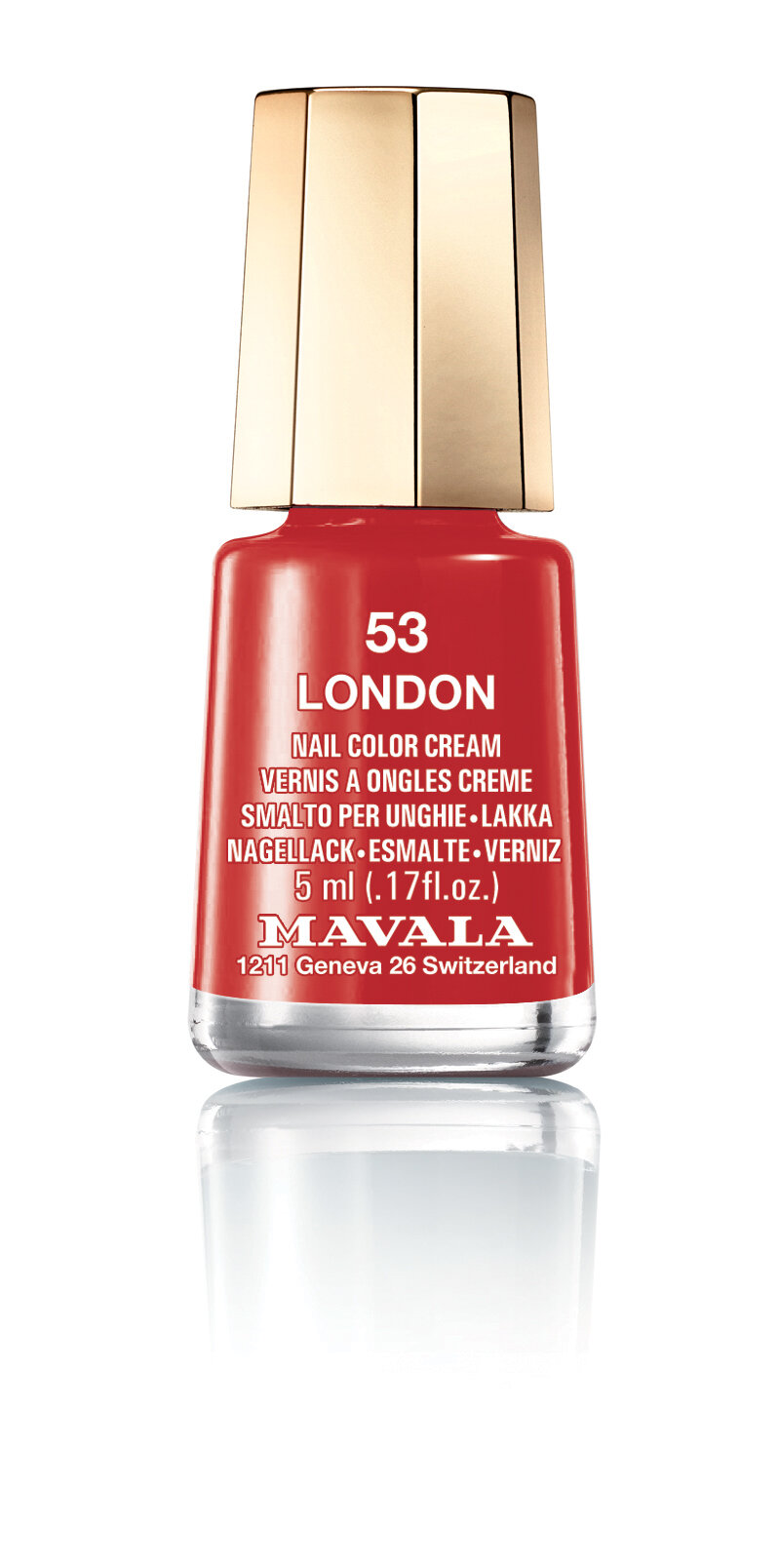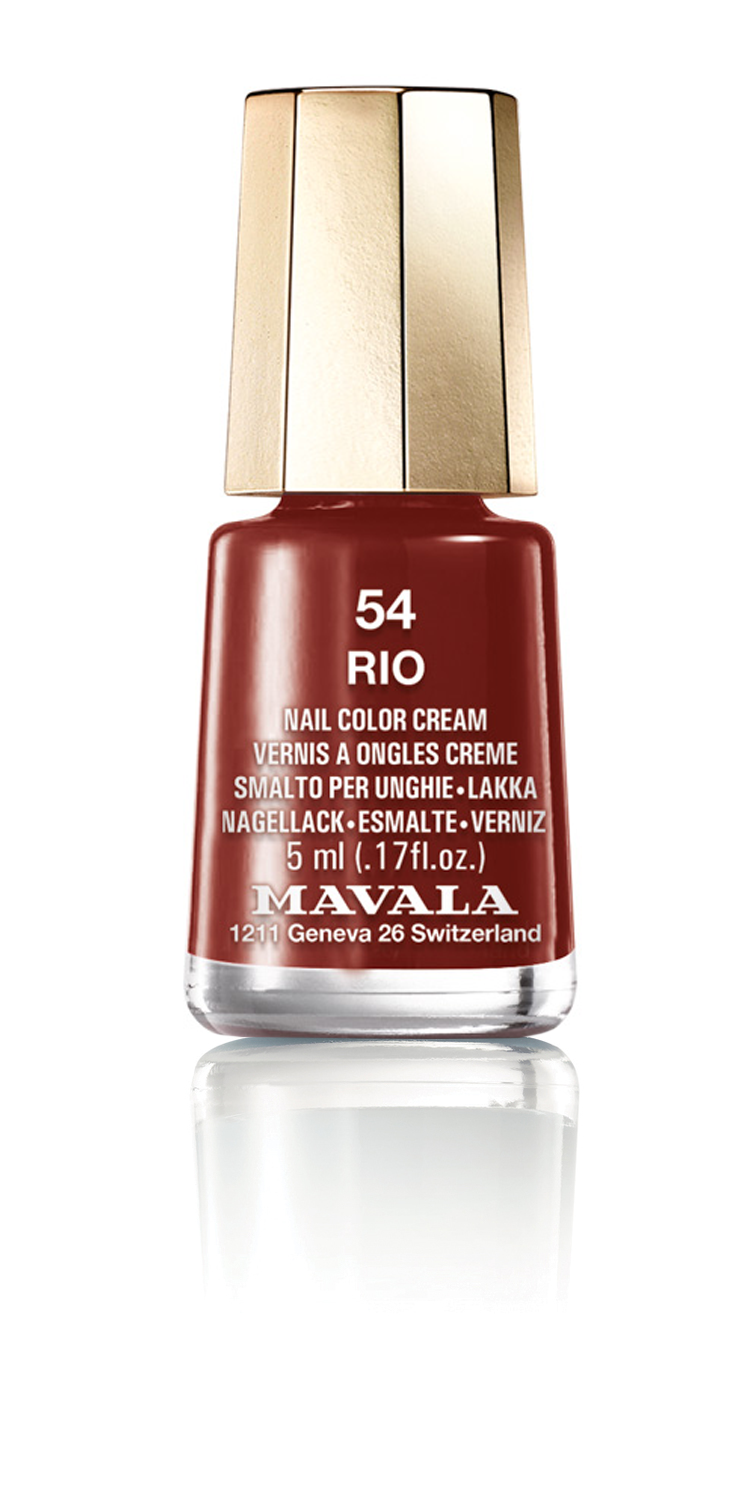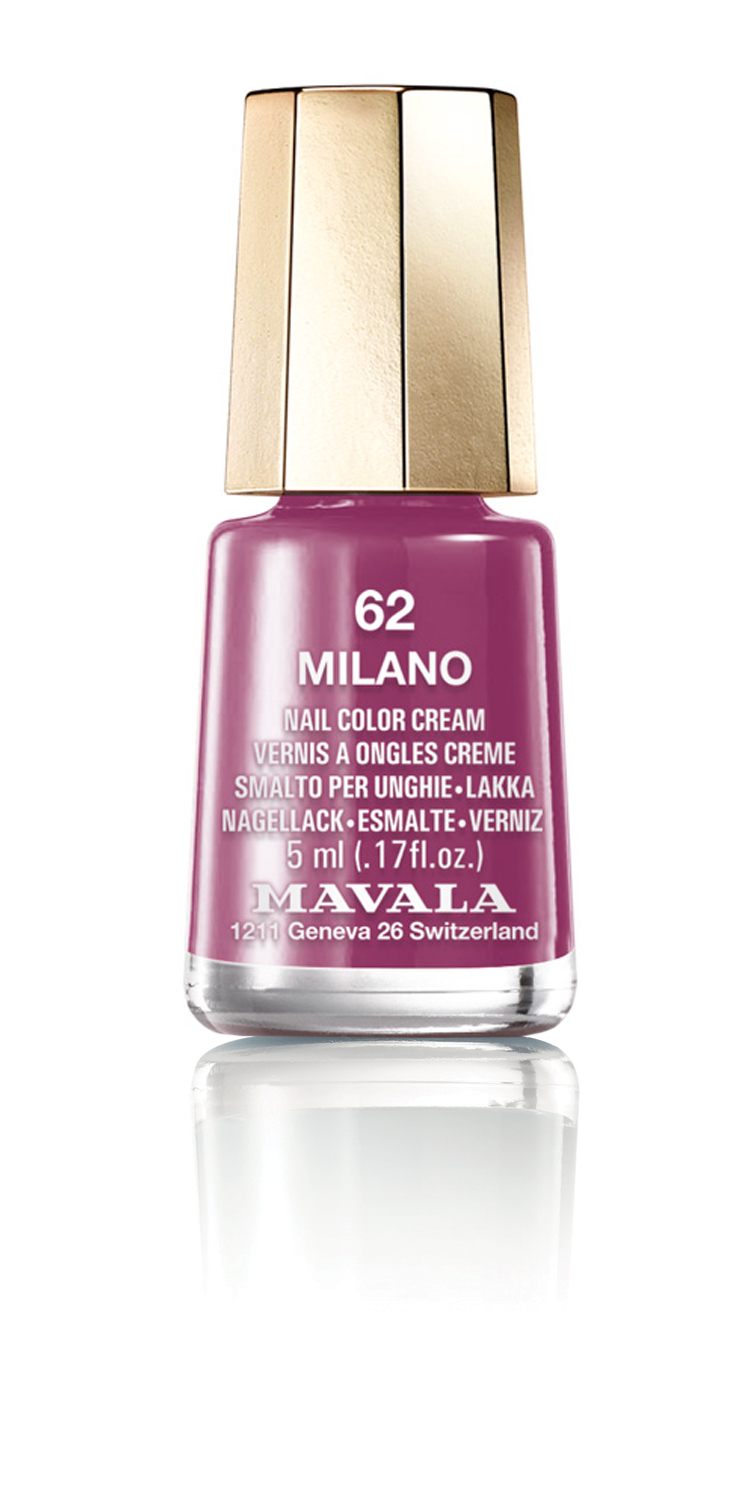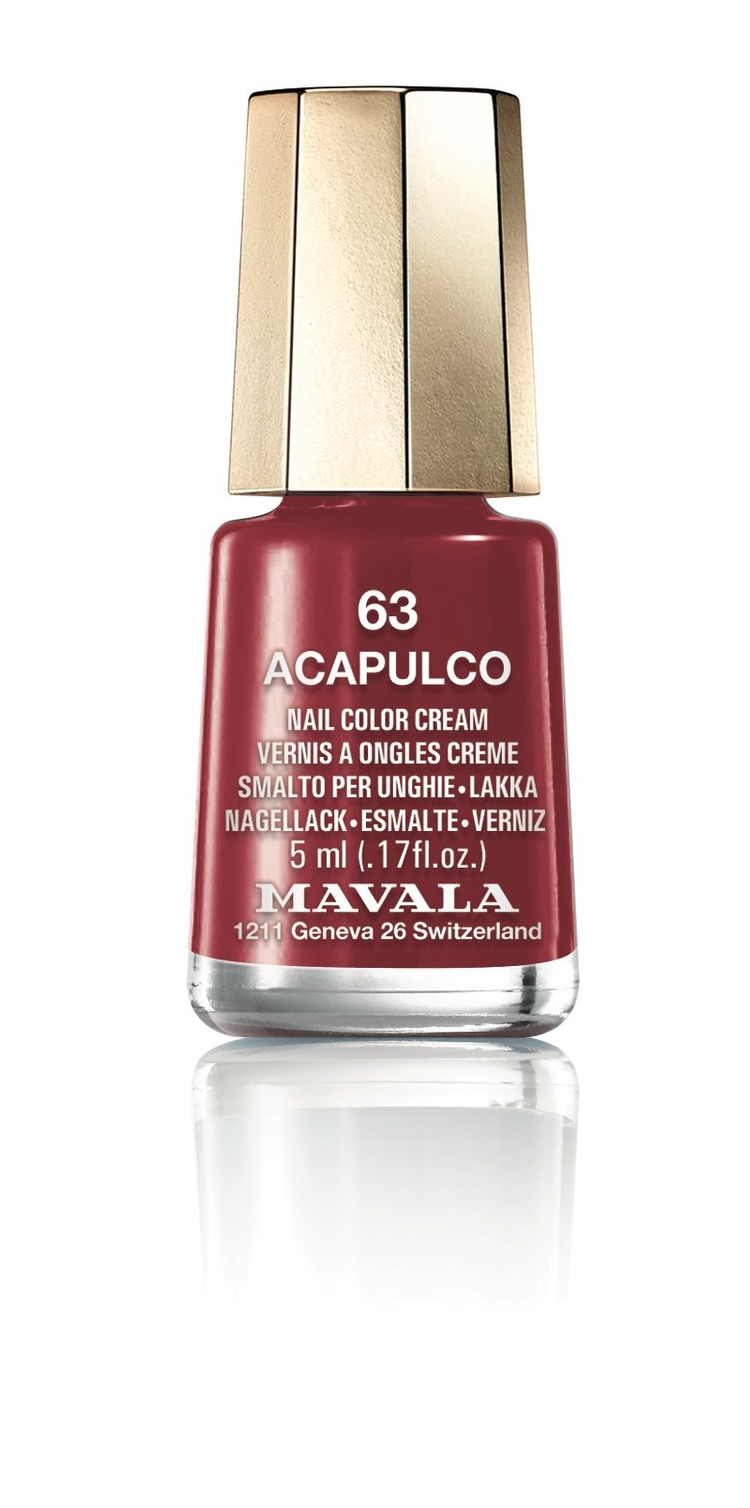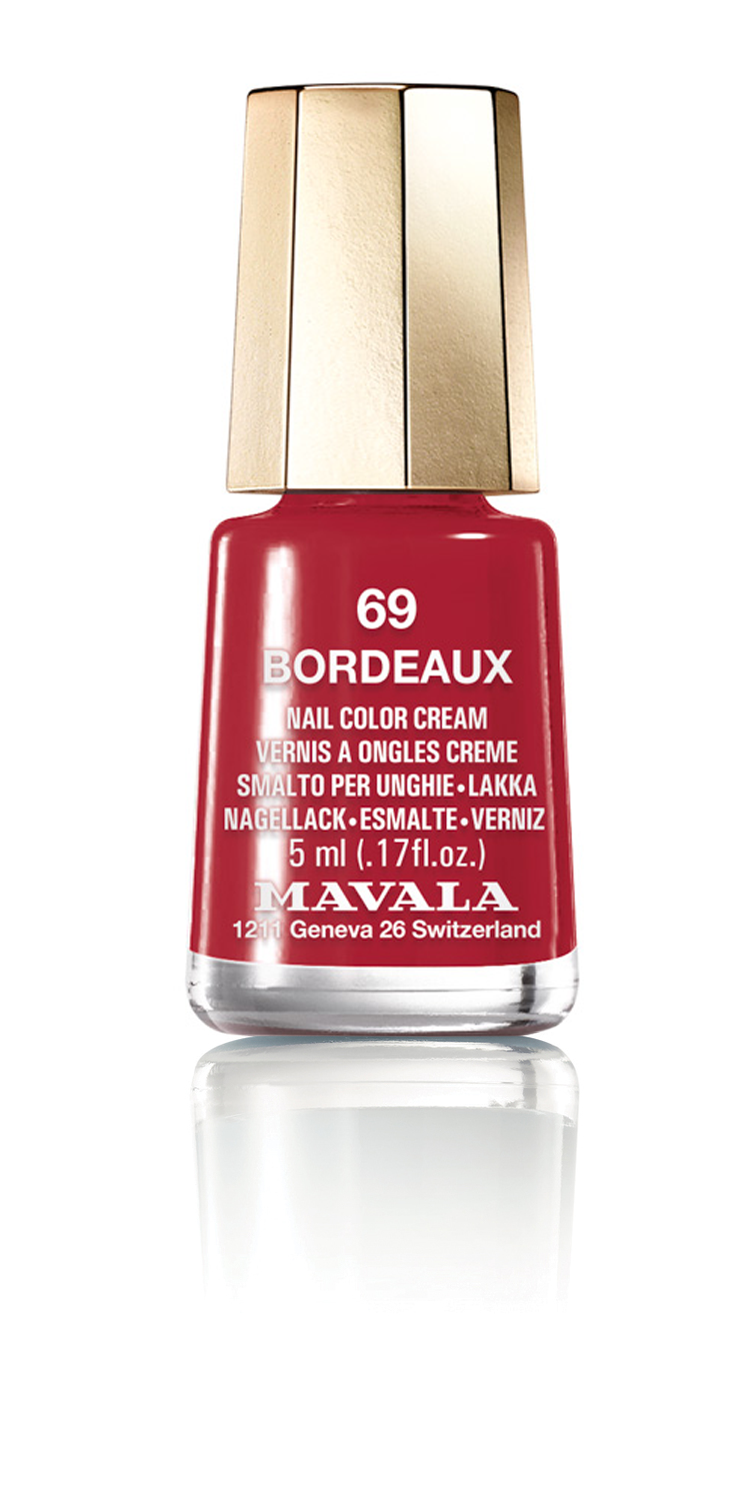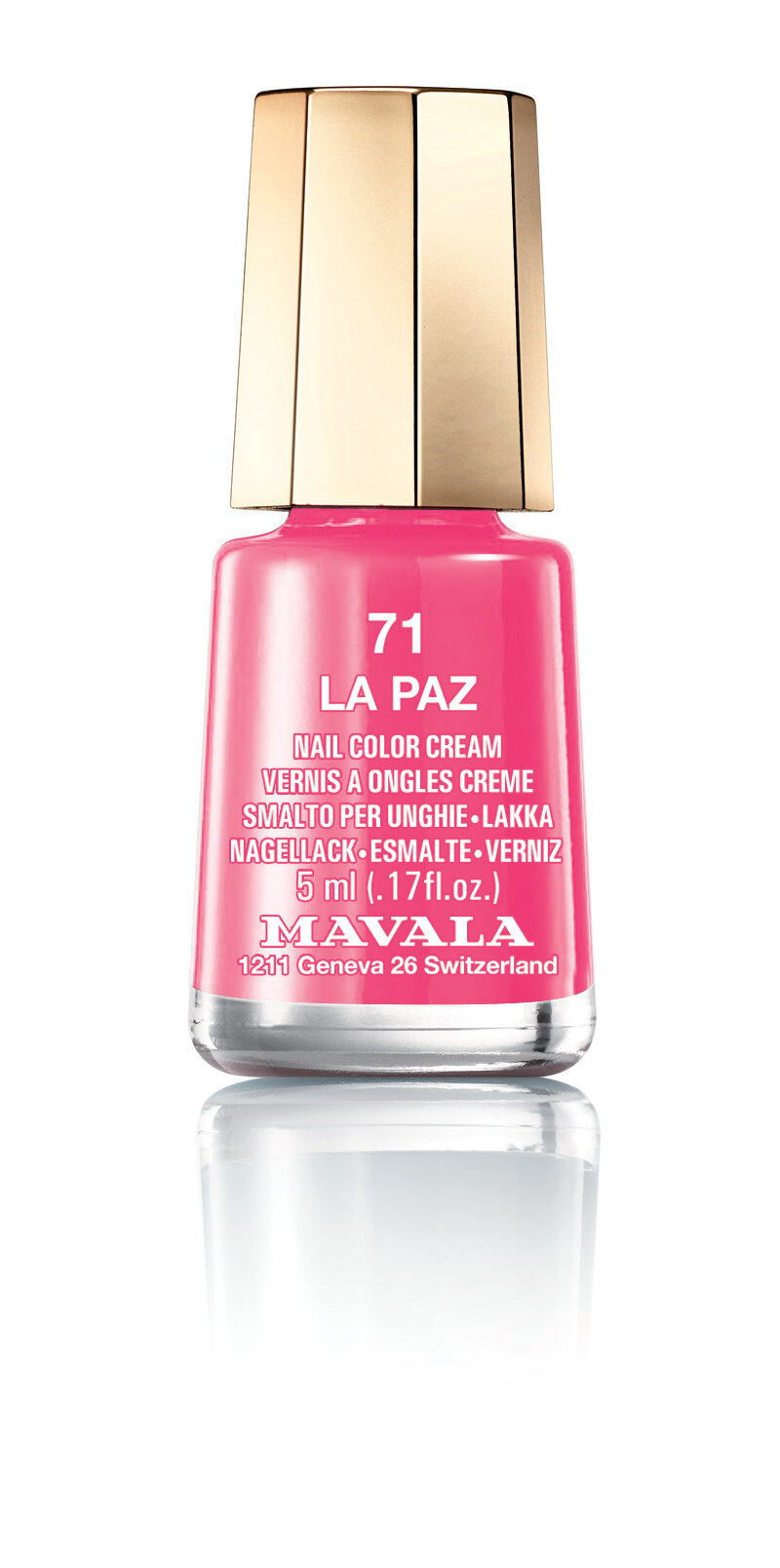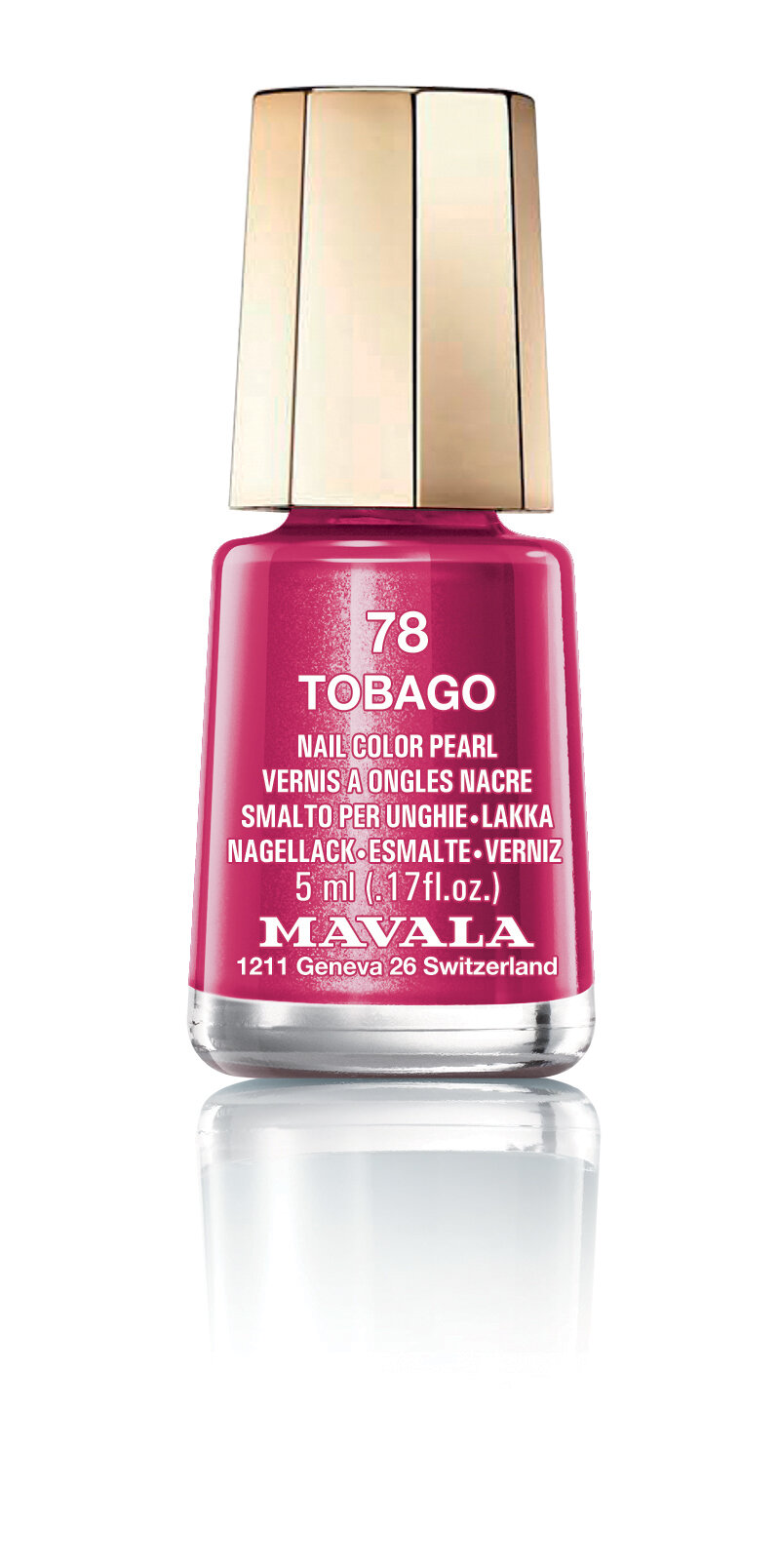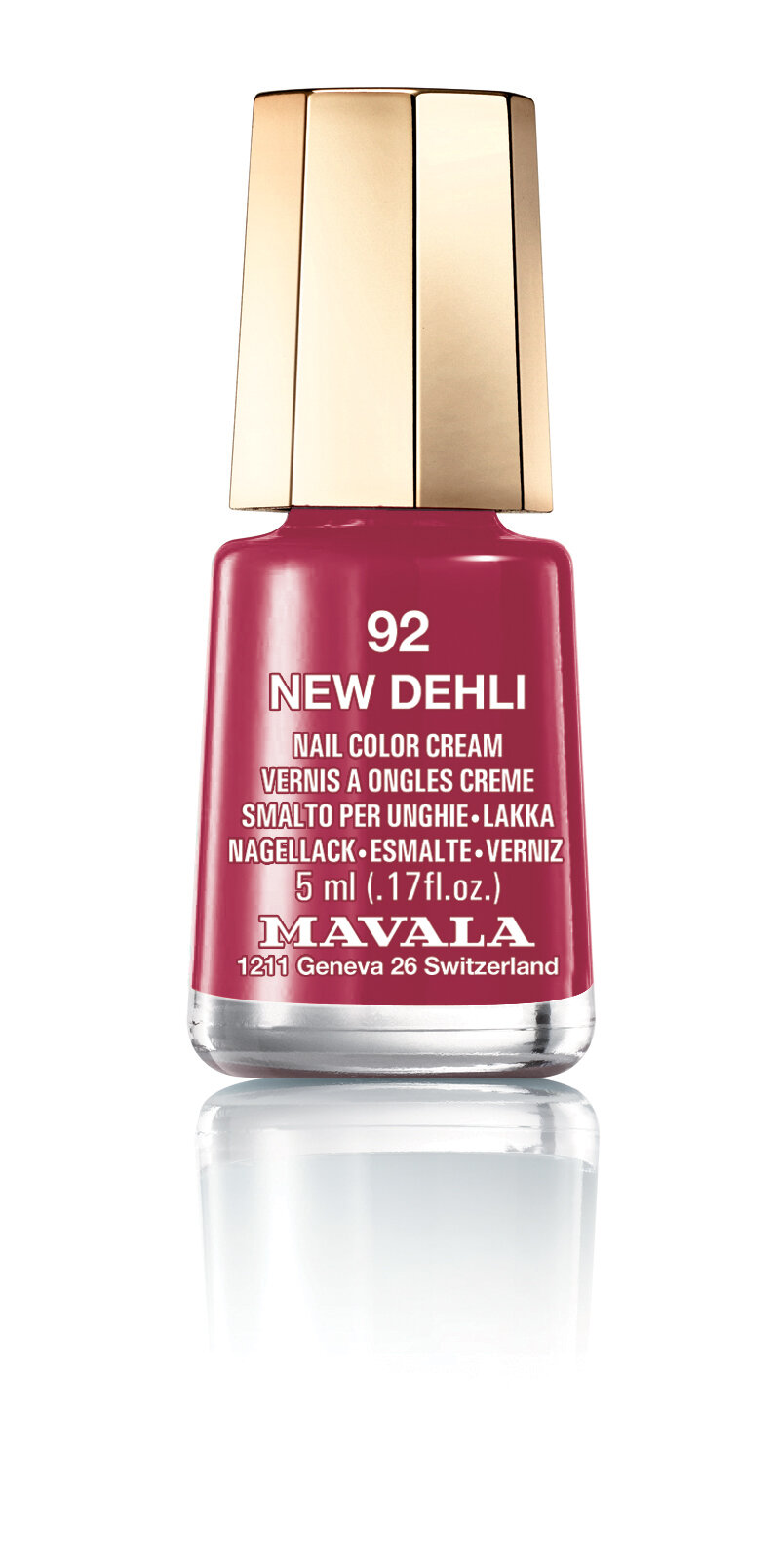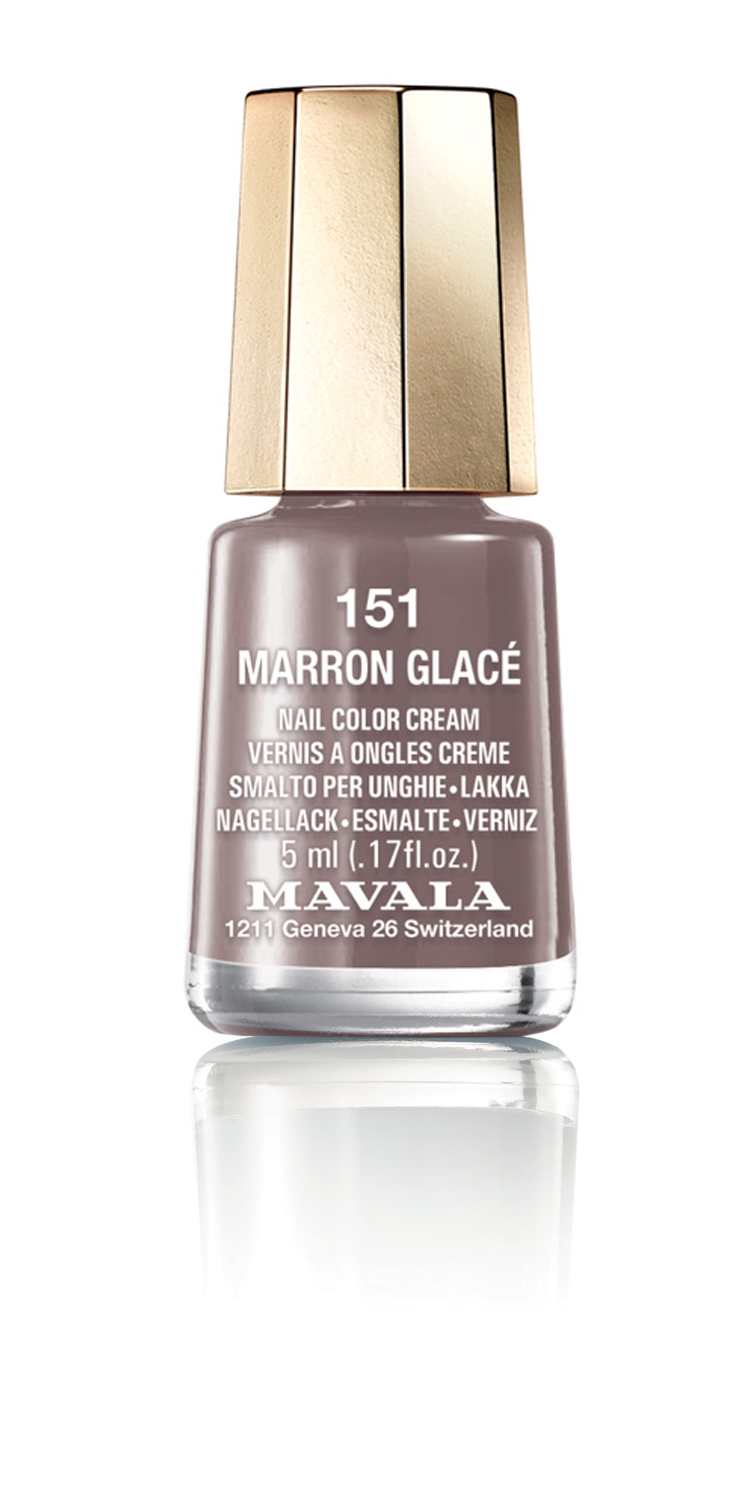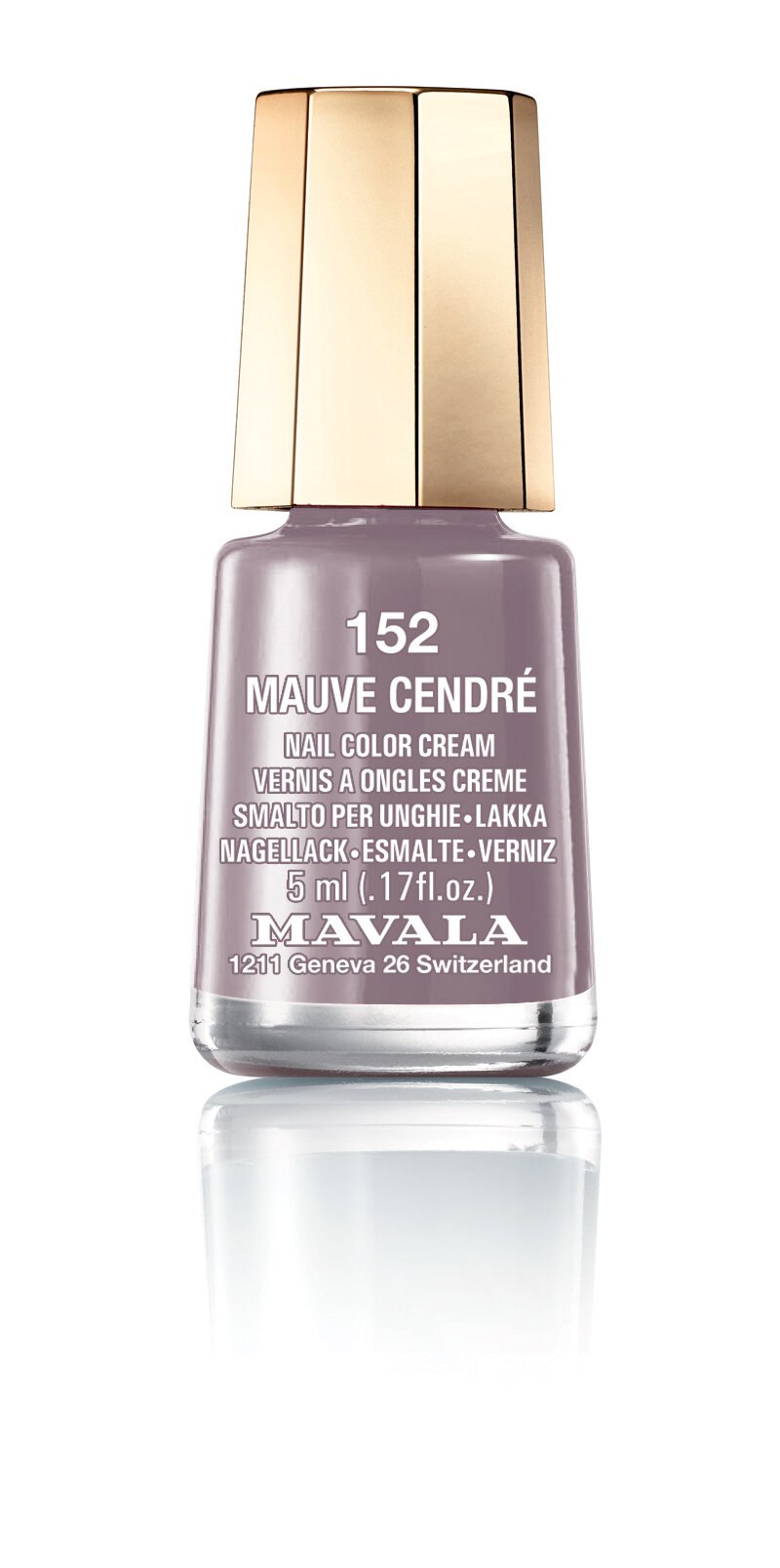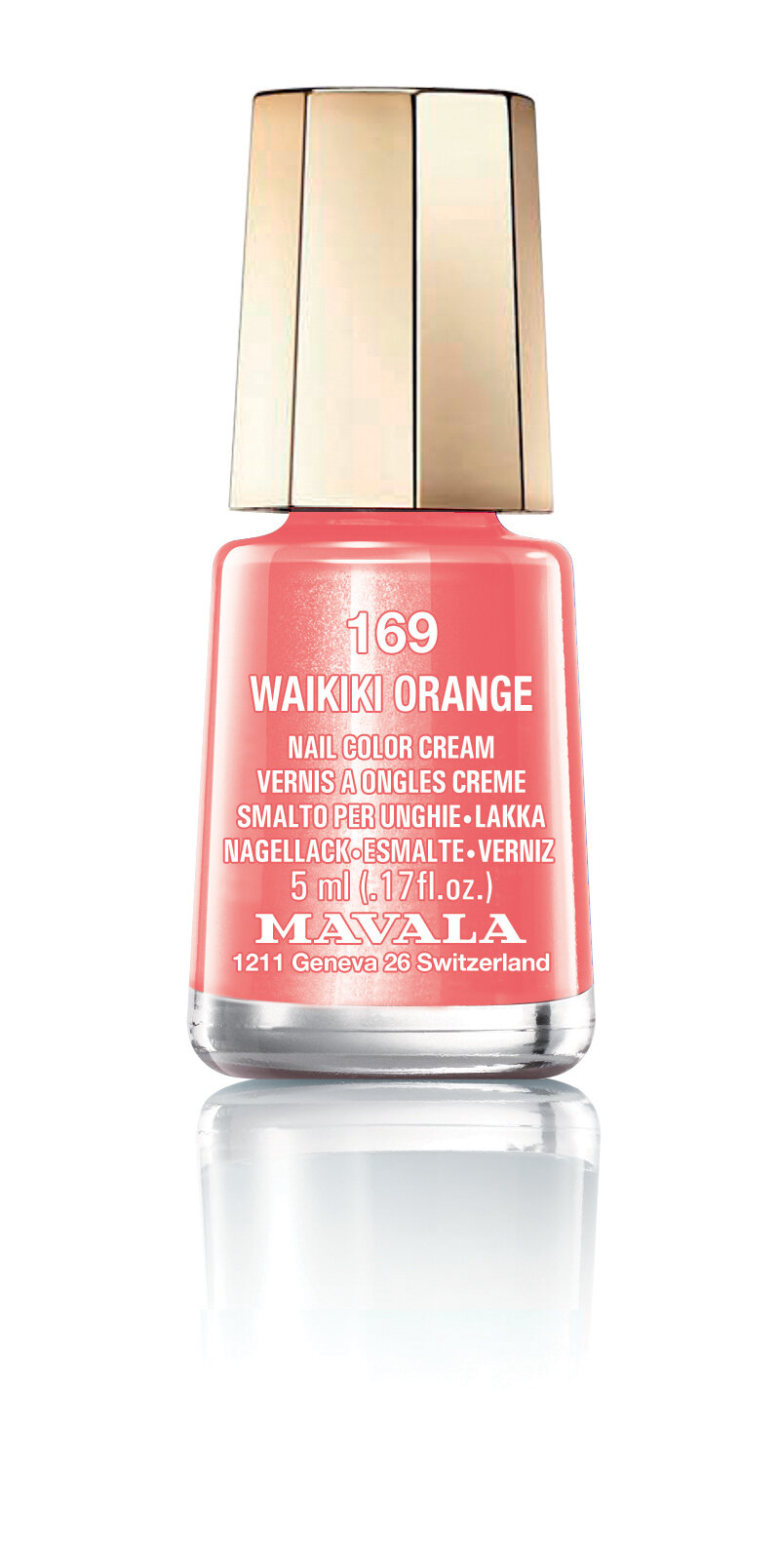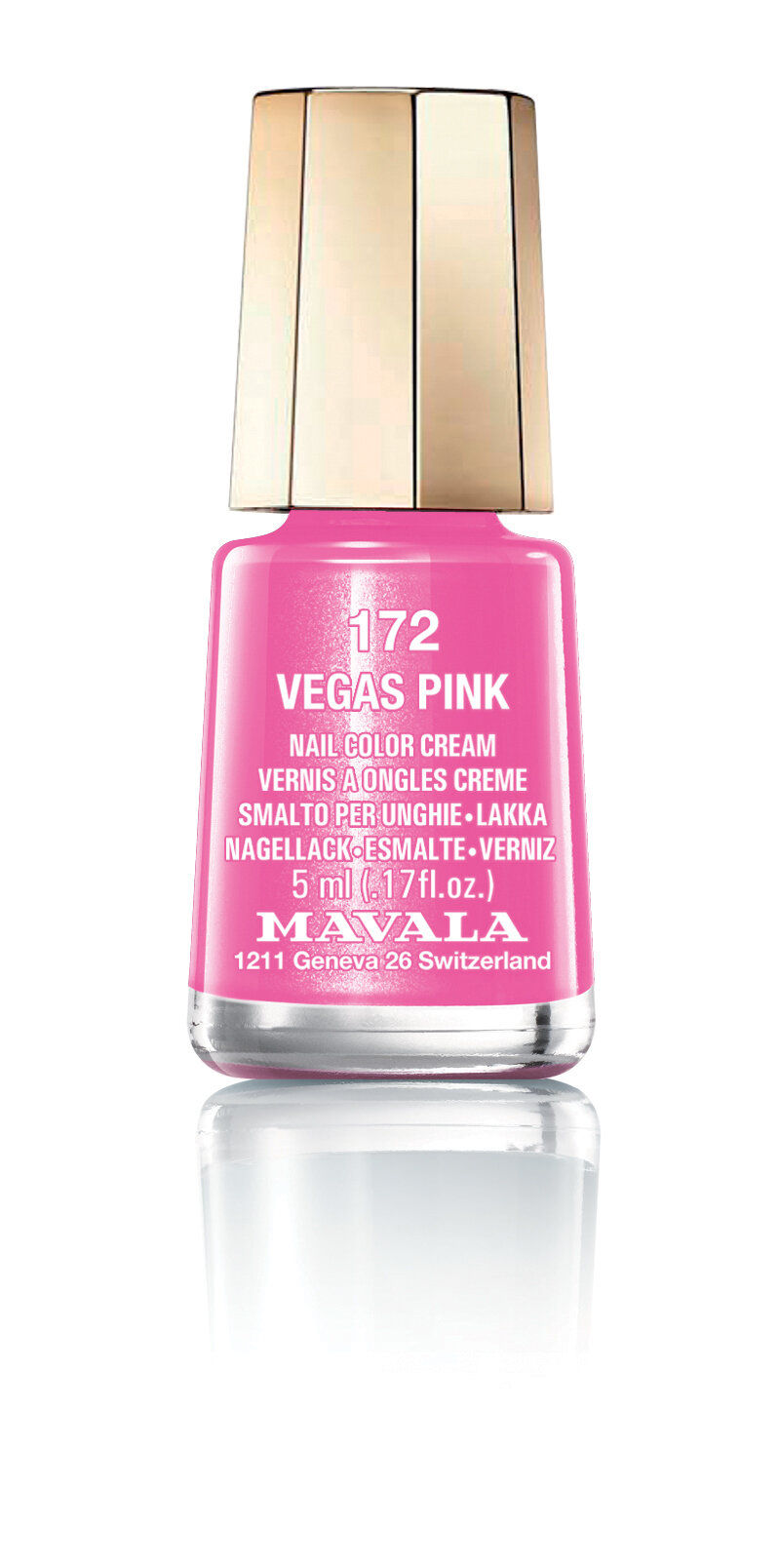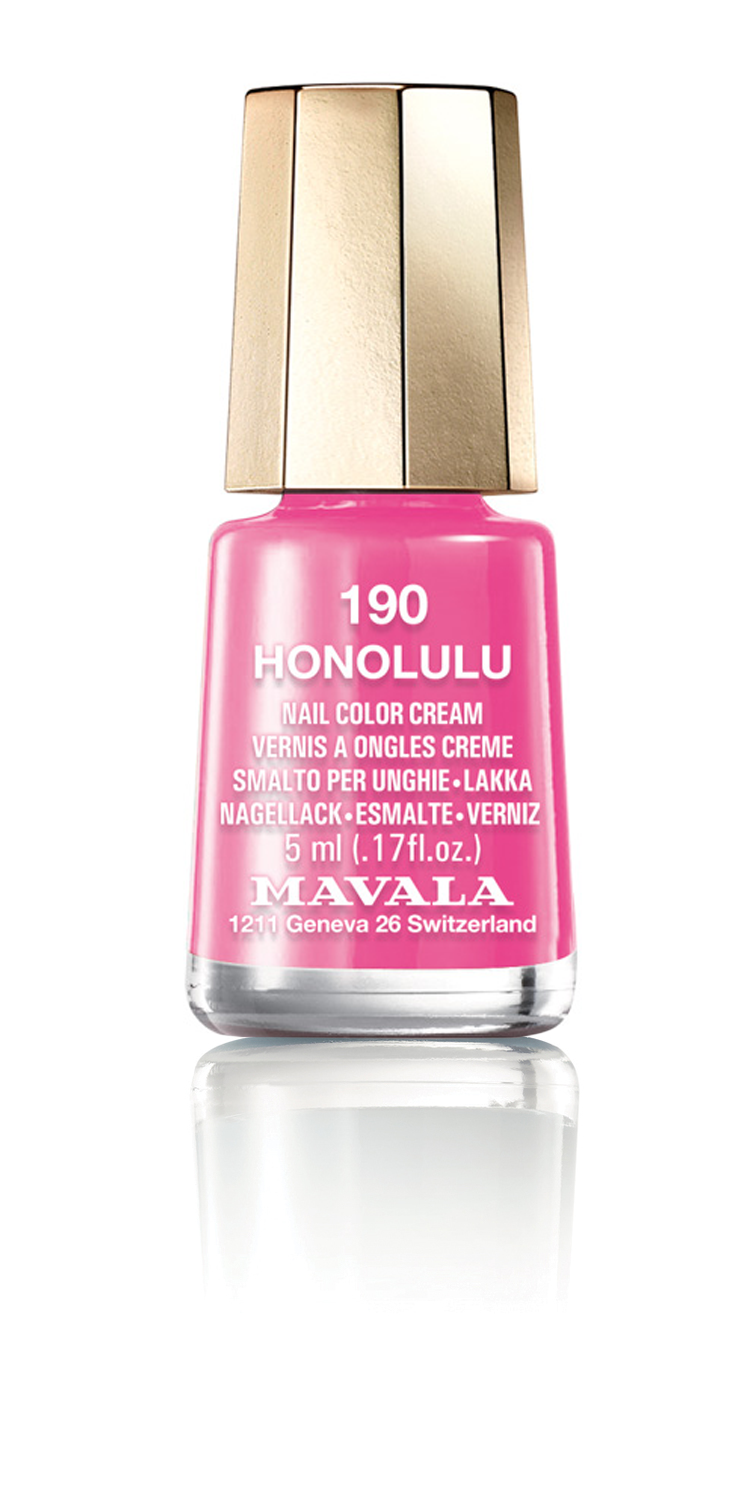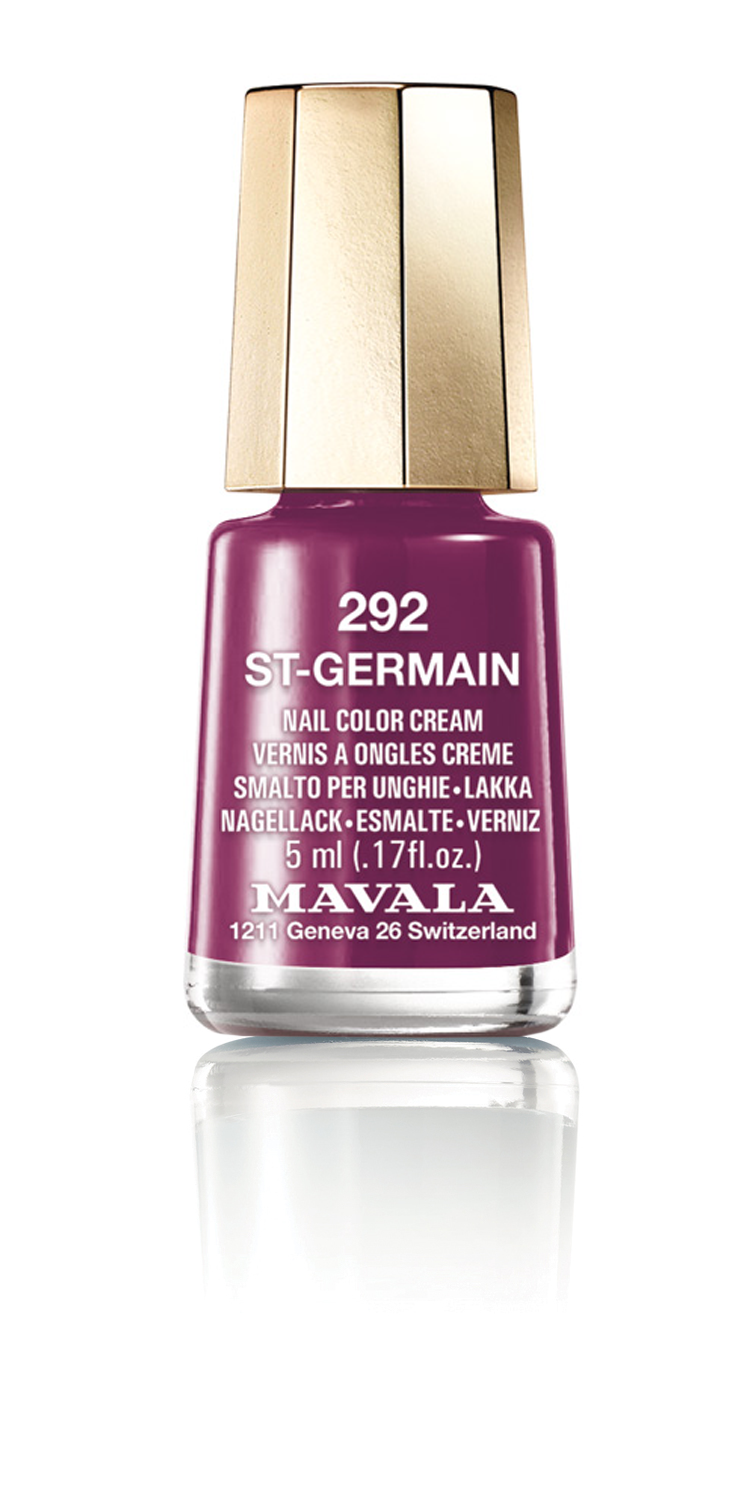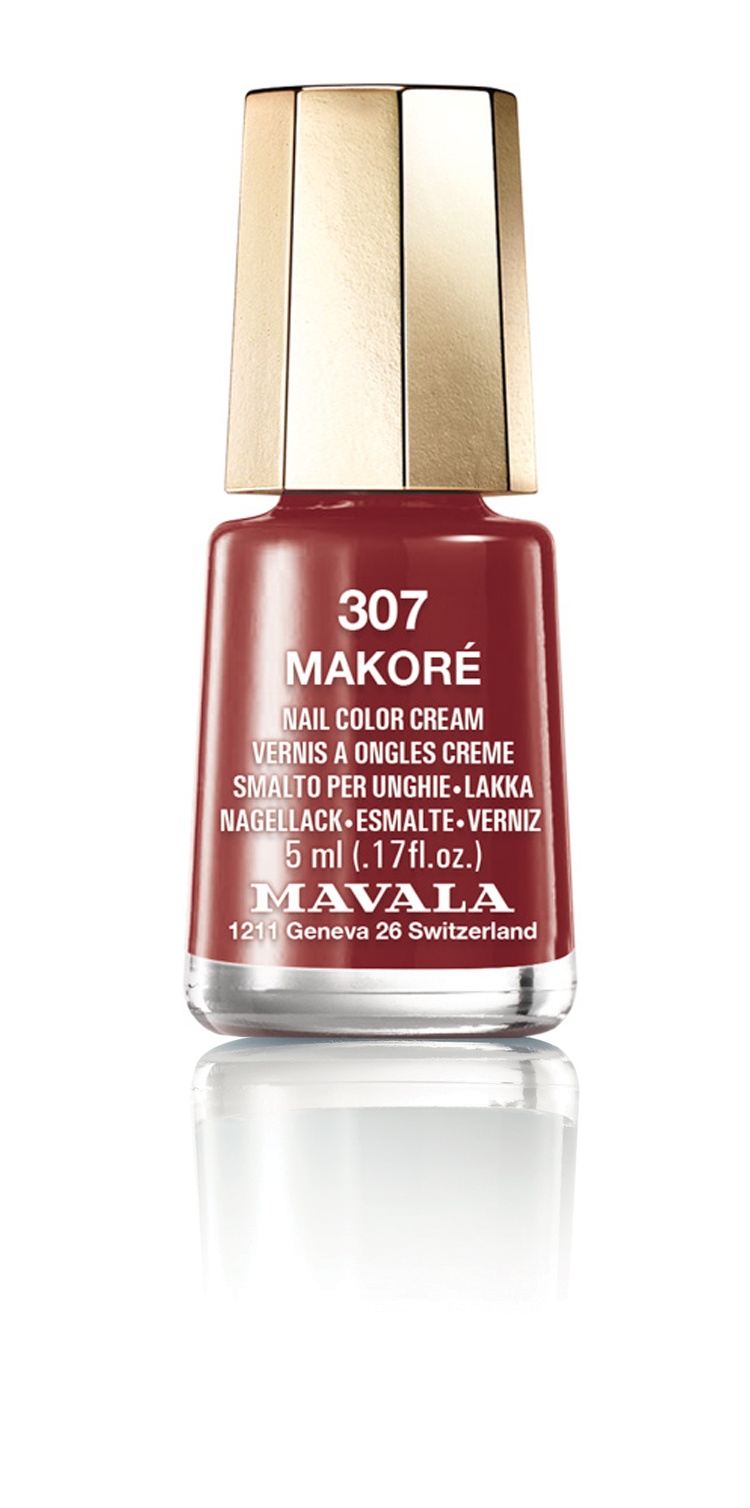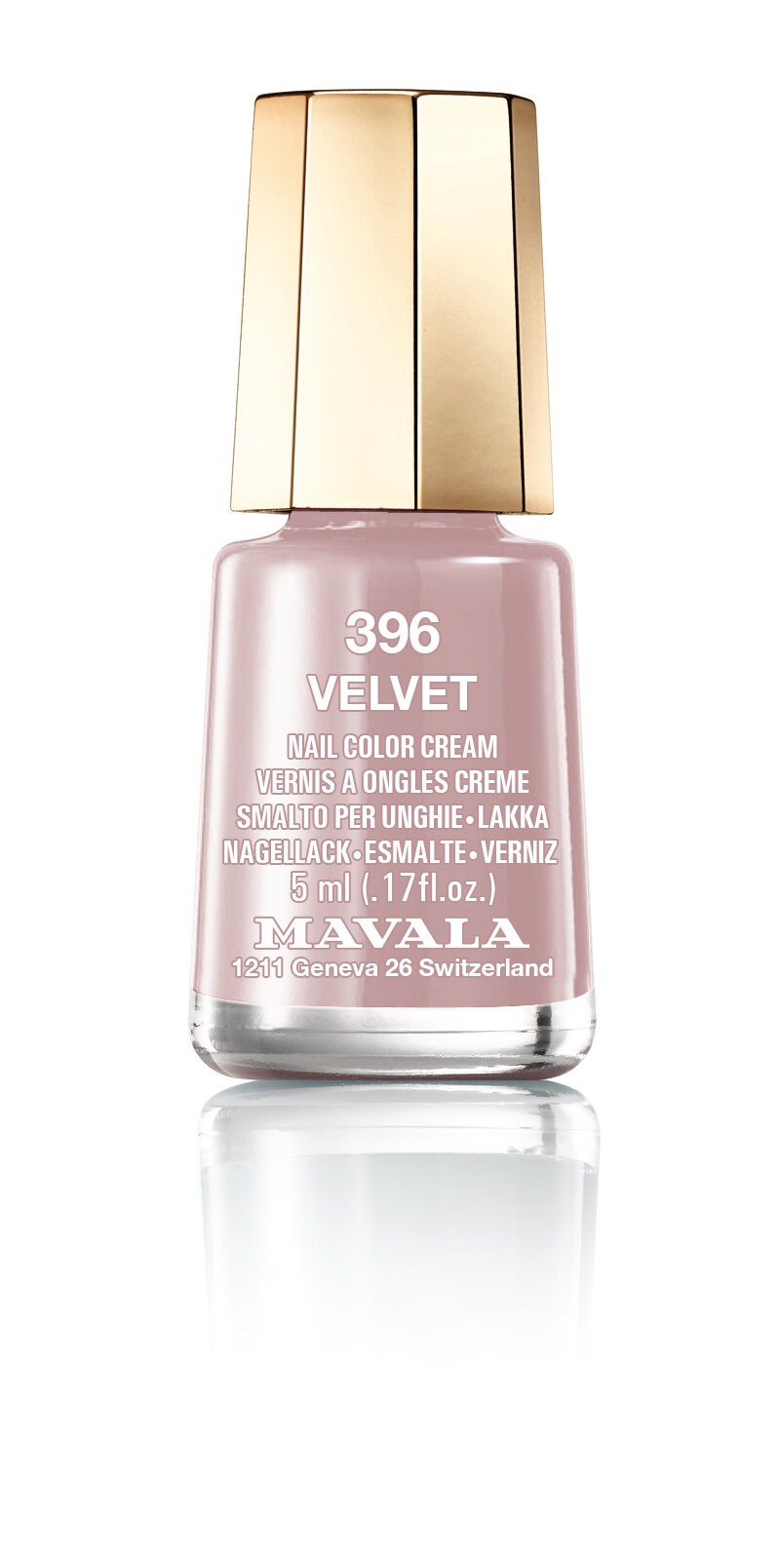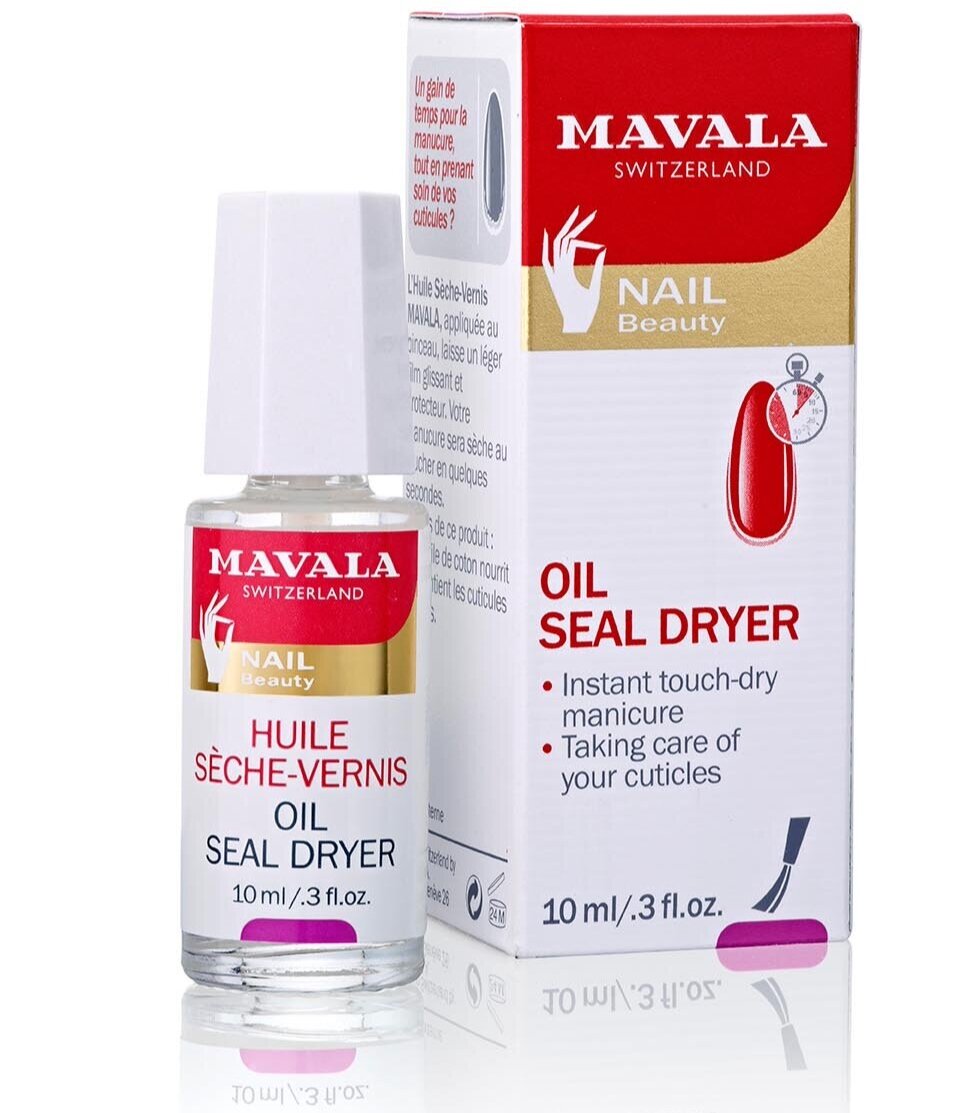MAVACADEMY > BEAUTY ADVICE > CANCER THERAPY
Cutaneous side effects of cancer therapy and preventive measures recommended by MAVALA Laboratories
(These preventive measures are widely applied and recognized in hospitals, but are not yet scientifically recognised)
INTRODUCTION
Among cancer therapies, classic chemotherapy, some targeted therapies or the combination of both can cause undesirable effects on skin, nails and hair, leading to a significant adverse impact on the quality of life of patients.
The frequency and severity of undesirable effects may vary from one person to another, depending on the particular sensitivity of each person, but also depending on the dose and period of drug administered.
MAVALA became interested in nail disorders in particular, seeming to be notably caused by the family of taxanes (docetaxel, paclitaxel). These treatments may cause several types of anomalies, affecting fingernails as well as toenails, and are an obstacle to the everyday wellbeing of the patient.
NAIL PROBLEMS
The most common troubles include, in particular:
ridged, breaking, splitting, thickened nails;
changes of pigmentation: hyperpigmentation, irregular pigmentation, appearance of brown to black stains, blue or orange stains;
bacterial or fungal infections appearing between the nail and the nail bed, leading to a greenish colouring;
leukonychia: white spots on nails;
onycholysis: gradual detachment of the nail plate, which can lead to complete loss of the nail, often due to an infection;
subungual haemorrhages: bleeding under the nail;
paronychia or whitlow: inflammatory swelling around the nail, often together with infectious complications.
Experience has shown that taking care of your nails and having regular manicures is essential to delaying and / or restricting these undesirable effects on the nail. For this, MAVALA recommends to act on three main axes: protect, strengthen and moisturise.
In case of infection or inflammation, an appropriate medical treatment must be prescribed by a doctor (antiseptics, antifungals, antibiotics).
Furthermore, it is recommended to always consult the advice of medical staff (oncologists, nurses, etc) before using any product.
PROTECT YOUR NAILS
MAVALA Laboratories recommend a complete manicure (base coat, coloured nail polish and top coat) the day before your medical treatment, and to renew it as soon as it starts wearing down, and this, during the entire duration of your treatment as well as the few weeks that follow it.
1. A thin layer of protective base coat, that will also improve the adherence of the nail polish and prolong its hold. Choose the following depending on the condition of your nails:
For delicate, dry nails
BARRIER-BASE COAT, moisturising aqueous base that forms a protective screen between the nail plate and nail polish. It prevents nails from dehydrating and provides nails with fortifying agents such as cystine derivative (main component of keratin), silk proteins and calcium.
Allow to dry completely before continuing with your manicure.
2. Two thin coats of opaque coloured nail polish protect nails from daylight, but also hide any potential pigmentation disorders.
Historically, mainly dark shades (brown, black,…) were advised in some oncology departments.
A 2016 scientifique study, led by the pharmacy faculty of Nantes (France), evaluated the photo protective efficiency of different nail polishes, including several MAVALA shades. It appears that opaque nail polishes applied in two coats are likely to ensure an excellent protection of nails against ultraviolet (UV) radiation, with photo protection levels sometimes well above what is observed as part of the usual topical photo protectors (sunscreens). If dark shades are particularly effective regarding UV radiation, a very good protection can be obtained with lighter shades, as long as they are well covering.
Introducing UV filters in nail polish formula does not seem to have a particular benefit. MAVALA performed tests in laboratories to select the most appropriate shades, based on their opacity and coverage. Here is our selection of opaque and covering shades of MAVALA nail polishes, that could help delay and / or reduce undesirable effects on nails:
Glitter nail polishes should be avoided, as they are difficult to remove with acetone free nail polish remover. In addition, on particularly weak nails, we do not recommend the use of very bright shades (yellow, orange, blue, green) that could stain these already weak nails.
“The range of MAVALA MINI nail polishes is developed free from formaldehyde, toluene, xylene, phthalates, camphor, added rosin, fragrance, preservatives (such as parabens).”
3. A thin layer of top coat, to be chosen depending on the desired result:
Nail polish remover
When your nail polish starts flaking, which is a natural process after a few days, use a gentle acetone free nail polish remover to avoid drying out your nails:
STRENGTHEN YOUR NAILS
Wearing nail polish already provides a physical protection to nails. However, if your nails become soft, breaking or fragile, MAVALA recommends to strengthen them by applying a fortifying base coat, or an additional physical protection.
FORTIFYING ACTION FOR SOFT, THIN, BREAKING NAILS
MAVA-STRONG
Contains key ingredients that act on the keratin, improves nail quality and strengthen its structure. This product, used as a base coat, before applying nail polish, acts as an excellent alternative to the few nail polishes available on the market which are based on bioavailable organic silica, known to have a fortifying action on nails.
PHYSICAL PROTECTION
In addition to the physical protection already provided by the resins contained in nail polish, MAVA-WHITE and RIDGE FILLER base coats contain mineral fillers creating an additional screen and helping to protect very fragile nails from shocks.
Focus on silica
Silicon is a chemical element (symbol Si) that does not exist in a free form in nature, but in the form of compounds. In cosmetic products, it is always used in the form of derivatives combining different types of elements, which oxygen is the most frequent.
Silica (present in MAVA-WHITE) or inorganic silica is silicon dioxide (SiO2), the inorganic form of silicon. Silica, present in some nail polishes, can help protect very fragile nails against shocks.
Silicates (present in RIDGE FILLER) are salts derived from silica, like talcum, mica or fluorplogopites. Used as mineral fillers in nail polishes, they can give an additional physical protection to nails.
Organic or bioavailable silicon (present in the ICONIC nail polishes) derivatives such as silanols and orthosilicic acid are assimilable by the organism. By increasing the content of silicon present in nails, they can help to strengthen them.
Silicones include a wide range of polymers, based on the link silica-oxygen, which can be designated by different names, such as Dimethicone, Cyclopentasiloxane, etc. Silicones are generally used in skincare products to improve their texture, and, more rarely in nail polishes to create a silky effect. They do not have any effect on nails.
MOISTURISE AND NOURISH YOUR NAILS
To counteract the drying effects of therapies, it is also essential to moisturise and nourish nails and their contour. For this, we recommend using the following products:
BETWEEN MANICURES:
For breaking, hard or dry nails
MAVA-FLEX serum is a well balanced concentrate of urea, saccharides, calcium, lemon extract and vitamin B5. It is a penetrating moisturising and fortifying serum for nails. It aims at maintaining the optimum moisture balance in order to restore and preserve the flexibility of the nail plate. To be applied once to twice a week on the whole surface of bare nails.
DAILY:
Cream texture
NAILACTAN nutritive nail cream for damaged, brittle, dull nails, nourishes the nail root, prevents dehydration, helps restore the elasticity of the nail plate and thus, increases the resistance of the nail. NAILACTAN is composed of amino acids, lipids and keratosis-regulating and fortifying vitamins. It should be applied every night at bedtime, by massaging the nail root towards the heart. It is not necessary to remove your nail polish to apply this product. However, once a week, we recommend to apply it on bare nails.
OUR ADVICE TO PROTECT YOUR NAILS
Wear gloves for dishwashing and house cleaning to limit the contact with water and detergents.
Renew your manicure (base coat, coloured nail polish and top coat) as soon as it starts wearing off.
Prefer opaque and covering shades; avoid glitter nail polishes and bright shades (yellow, orange, blue, green).
Keep nails short, but not too short, preferably using a thin emery board rather than nail clippers.
Do not wear artificial, gel or resin nails, as they are prone to infections.
Do not use nail buffers that would further weaken your nails. Do not use permanent or semi-permanent nail polishes that require buffing, thus reducing the thickness of nails.
Apply the same advice to toenails.
Do not bite nails or cuticles. Follow our stop nail biting plan to get rid of the habit.
Wear comfortable shoes; avoid shoes that are too narrow and heels that are too high (so that toenails do not push against the inside of shoes).
In addition, some hospitals offer refrigerated mittens and socks during chemotherapy sessions, to preserve finger and toe nails.
COMPLEMENTARY CARE SOLUTIONS
For your lashes
DOUBLE-LASH is a nutritive serum for lashes and eyebrows. Loss of hair due to treatments cannot be avoided. However, if it is applied regularly every night on clean lashes, starting from their regrowth, DOUBLE-LASH should help regain denser lashes and eyebrows at the end of your therapy. Formulated with a natural extract rich in vitamins and proteins, and a biolysate of lactic ferments.
Ophthalmologically tested.
For your face
MAVALA SWISS SKIN SOLUTION multi-moisturising AQUA PLUS line is concentrated in highly moisturising hyaluronic acid and demo-soothing Swiss mallow flower extract. These ingredients deeply reinfuse your skin so that it regains comfort.
The MULTI-MOISTURISING FEATHERLIGHT CREAM offers 24h moisture to your skin. Apply everyday on face and neck, alone or after MULTI-MOISTURISING INTENSIVE SERUM, a true concentrate of wellbeing for your skin. In addition, MULTI-MOISTURISING SLEEPING MASK, applied in a thin coat at night, will diffuse its benefits throughout the night, as a nocturnal moisturising infusion.
Dermatologically tested.
Products recommended by MAVALA during cancer therapy
PROTECT YOUR NAILS
DURING treatment:
Manicure, to be done the night before first treatment, then to be renewed as soon as it starts wearing off:
1 layer of base coat (MAVALA 002 or BARRIER-BASE COAT)
2 coats of opaque coloured and covering nail polish
1 layer of top coat (COLORFIX, COLOR-MATT, MAVADRY or GEL FINISH TOP COAT)
Optional: OIL SEAL DRYER to speed up the drying time and nourish your cuticles.
Remove nail polish using an acetone free mild nail polish remover (EXTRA-MILD PINK NAIL POLISH REMOVER, CRYSTAL NAIL POLISH REMOVER or PADS).
Nails must be permanently manicured (painted).
AFTER treatment:
Important: keep on applying nail polish for a few weeks after your last treatment.
STRENGTHEN YOUR NAILS
DURING treatment:
2-3 times a week, alone or by replacing the base coat: MAVA-STRONG
As an additional physical protection: MAVA-WHITE or RIDGE FILLER
AFTER treatment:
If your nails are very fragile, continue until they recover their original resistance.
MOISTURISE AND NOURISH
DURING treatment:
Between manicures: MAVA-FLEX (on bare nails)
Every day: MAVA+ Hand Cream
Every night: DOUBLE-LASH on clean lashes and eyebrows
Every day: AQUA PLUS MULTI-MOISTURISING INTENSIVE SERUM and FEATHERLIGHT CREAM
Every night: AQUA PLUS MULTI-MOISTURISING SLEEPING MASK
AFTER treatment:
Continue until nails, hands, lashes, eyebrows and face have regained a healthy look.
We hope that in those difficult times, MAVALA will help you feel a little bit better every day, thanks to our products and the few tips on this page. Our wish is that your beauty and femininity become a force that will help you overcome this hard time.
We remain at your entire disposal to answer any additional question you may have on our products.




